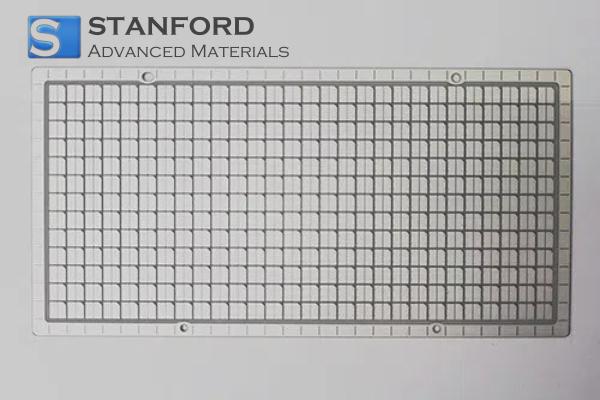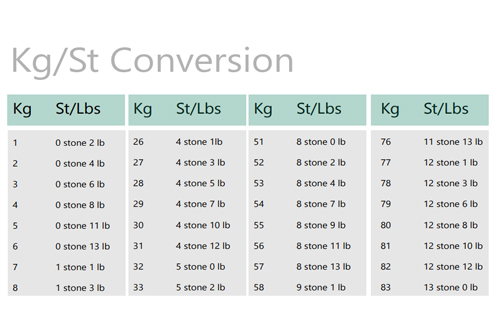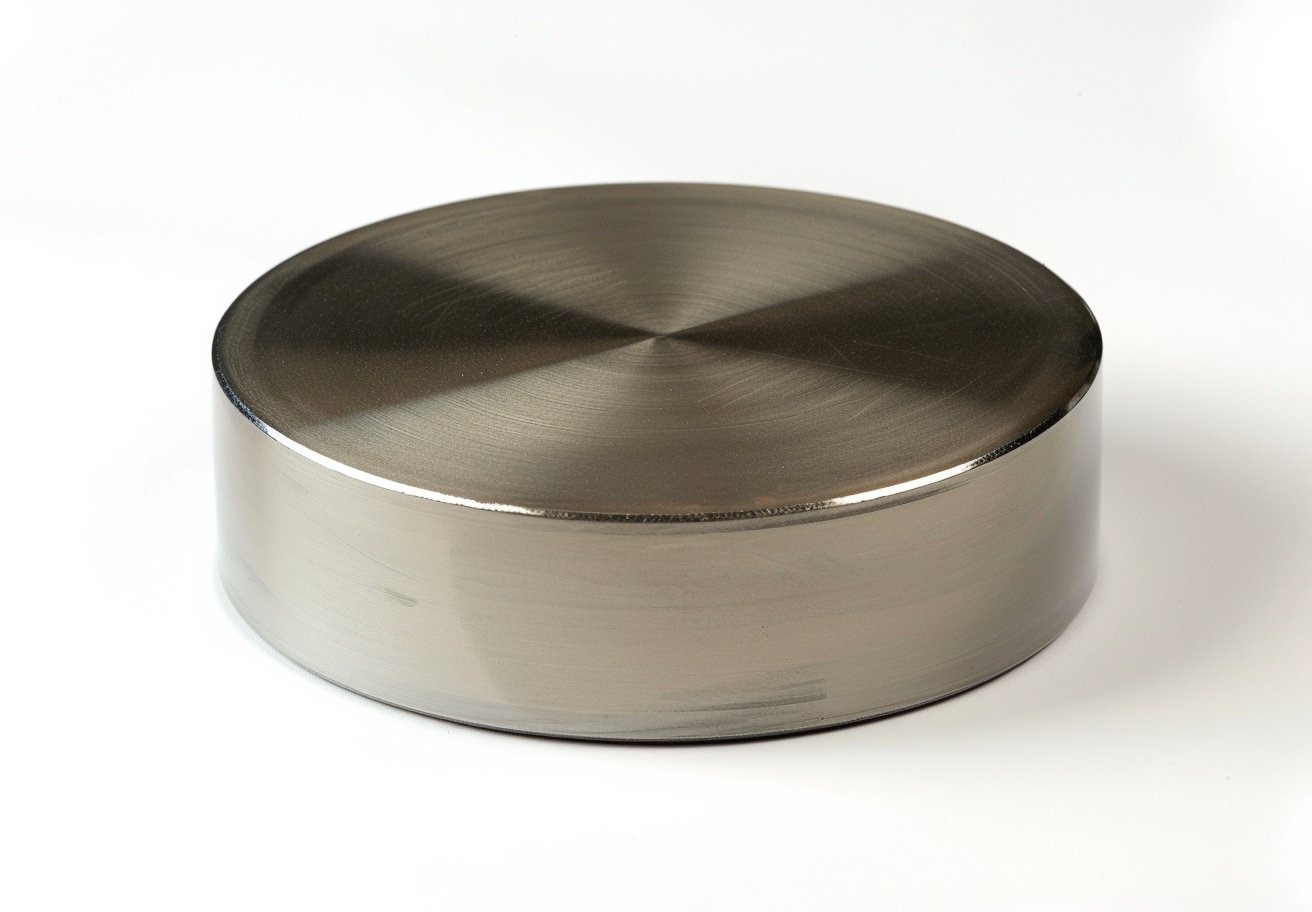Oxidation State: An Overview
What is the Oxidation State?
Definition
The oxidation state, also known as the oxidation number, indicates the degree of oxidation of an atom in a chemical compound. It specifies the number of electrons an atom has gained or lost during bond formation.
Importance in Chemistry
Oxidation states are fundamental for balancing chemical equations, understanding redox reactions and predicting the behaviour of elements in various chemical processes.
Determination of Oxidation Numbers
Rules for the Assignment of Oxidation Numbers
- Pure Elements: The oxidation state is zero.
- Monoatomic Ions: This corresponds to the ion's charge.
- Oxygen: Normally -2, except in peroxides.
- Hydrogen: Typically +1 when bonded to non-metals.
- Fluorine: In compounds always -1.
- Sum in Neutral Compounds: The sum of the oxidation numbers is zero.
- Sum in Polyatomic Ions: The sum equates to the ion's charge.
Examples
- In H₂O, hydrogen has an oxidation state of +1 and oxygen is -2.
- In NaCl, sodium exhibits an oxidation state of +1 and chlorine is -1.
Factors that Influence Oxidation States
Electronegativity
Elements with higher electronegativity generally exhibit negative oxidation states, whereas elements with lower electronegativity possess positive oxidation states.
Electrons in the Valence Shell
The number of electrons available for bonding determines the potential oxidation states of an element.
Applications of Oxidation States
Redox Reactions
By evaluating oxidation states, one can determine which species undergo oxidation and which undergo reduction.
Coordination Chemistry
In complexes, oxidation states determine the charge distribution and stability of the compound.
List of Element Oxidation States
Common Oxidation States
|
Element |
Common Oxidation States |
|
Hydrogen |
+1, -1 |
|
Carbon |
-4, +4 |
|
Nitrogen |
-3, +3, +5 |
|
Oxygen |
-2 |
|
Sodium |
+1 |
|
Chlorine |
-1, +1, +5, +7 |
|
Iron |
+2, +3 |
|
Sulphur |
-2, +4, +6 |
Transition Metals
Transition metals frequently exhibit multiple oxidation states due to the involvement of d-orbitals in bonding.
|
Transition Metal |
Common Oxidation States |
|
Iron |
+2, +3 |
|
Copper |
+1, +2 |
|
+2, +3, +6 |
|
|
Manganese |
+2, +4, +7 |
Further information can be found at Stanford Advanced Materials (SAM).
Frequently Asked Questions
What is the difference between the oxidation state and the oxidation number?
These terms refer to the same concept, which is the indication of the degree of oxidation of an atom in a compound.
Can elements exhibit fractional oxidation states?
Yes, in specific compounds such as metal oxides with mixed oxidation states, elements may display non-integral oxidation numbers.
Why does oxygen typically have an oxidation state of -2?
Oxygen is highly electronegative and tends to gain electrons, thereby commonly exhibiting an oxidation state of -2.
How do oxidation states assist in balancing chemical equations?
They track electron transfer and ensure that the number of electrons lost equals the number gained, which is essential for redox balance.
Are there exceptions to the general rules for oxidation states?
Yes, certain elements may exhibit unusual oxidation states depending on the chemical environment and bonding.

 Bars
Bars
 Beads & Spheres
Beads & Spheres
 Bolts & Nuts
Bolts & Nuts
 Crucibles
Crucibles
 Discs
Discs
 Fibers & Fabrics
Fibers & Fabrics
 Films
Films
 Flake
Flake
 Foams
Foams
 Foil
Foil
 Granules
Granules
 Honeycombs
Honeycombs
 Ink
Ink
 Laminate
Laminate
 Lumps
Lumps
 Meshes
Meshes
 Metallised Film
Metallised Film
 Plate
Plate
 Powders
Powders
 Rod
Rod
 Sheets
Sheets
 Single Crystals
Single Crystals
 Sputtering Target
Sputtering Target
 Tubes
Tubes
 Washer
Washer
 Wires
Wires
 Converters & Calculators
Converters & Calculators
 Write for Us
Write for Us





 Chin Trento
Chin Trento



